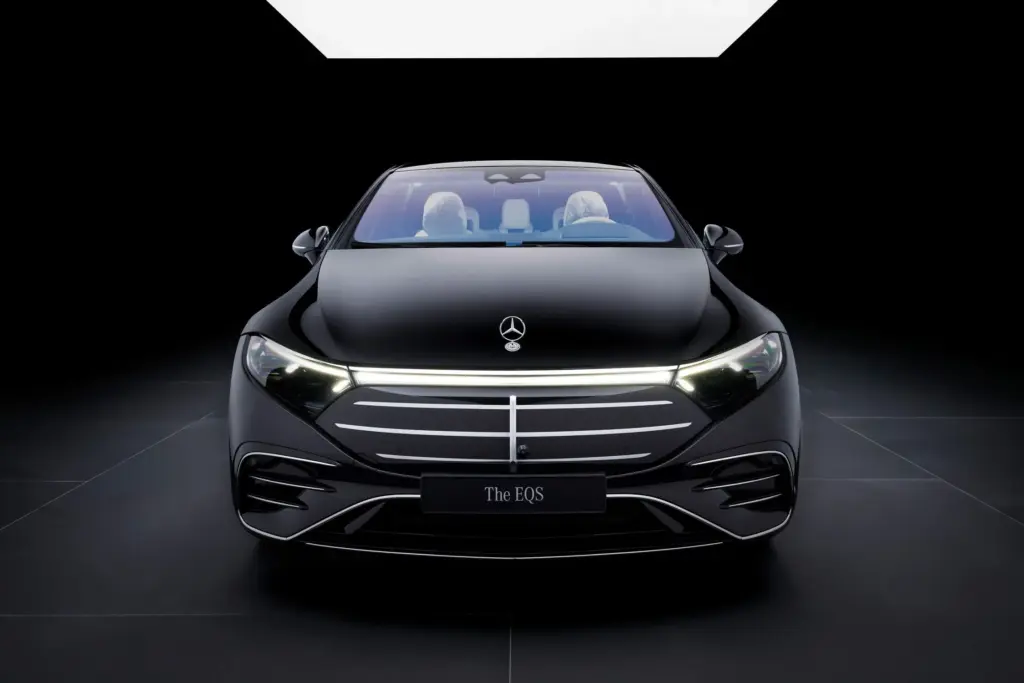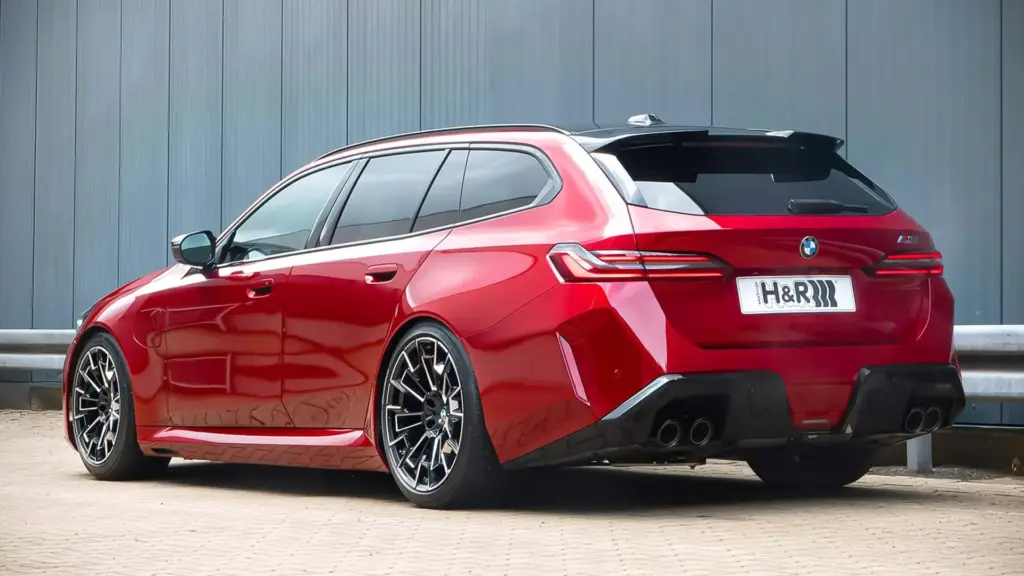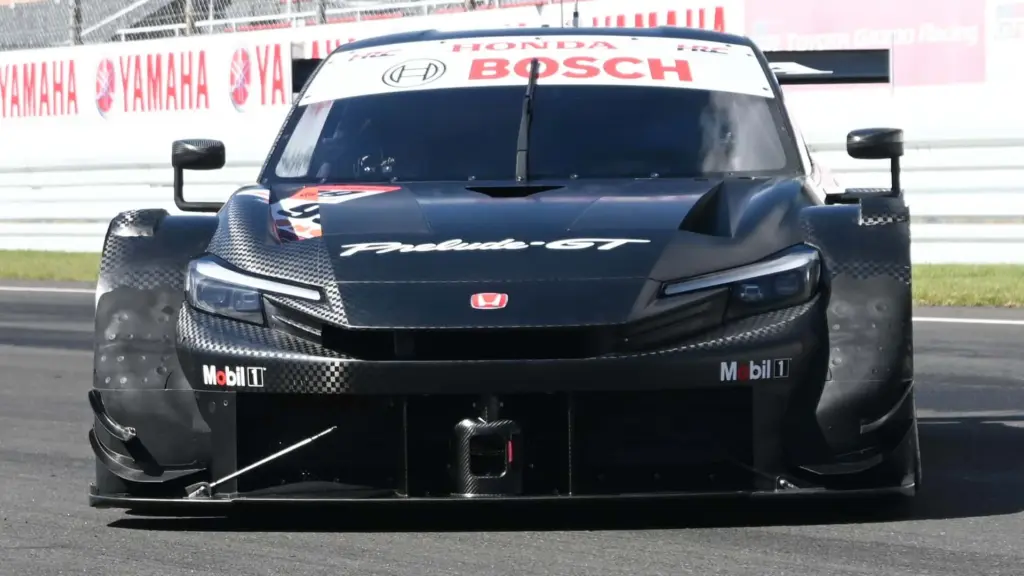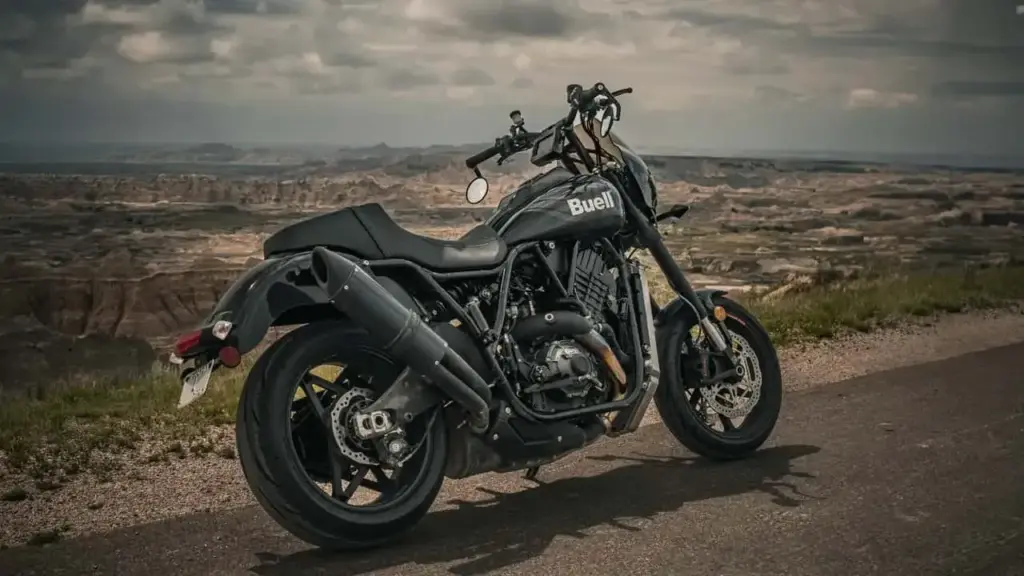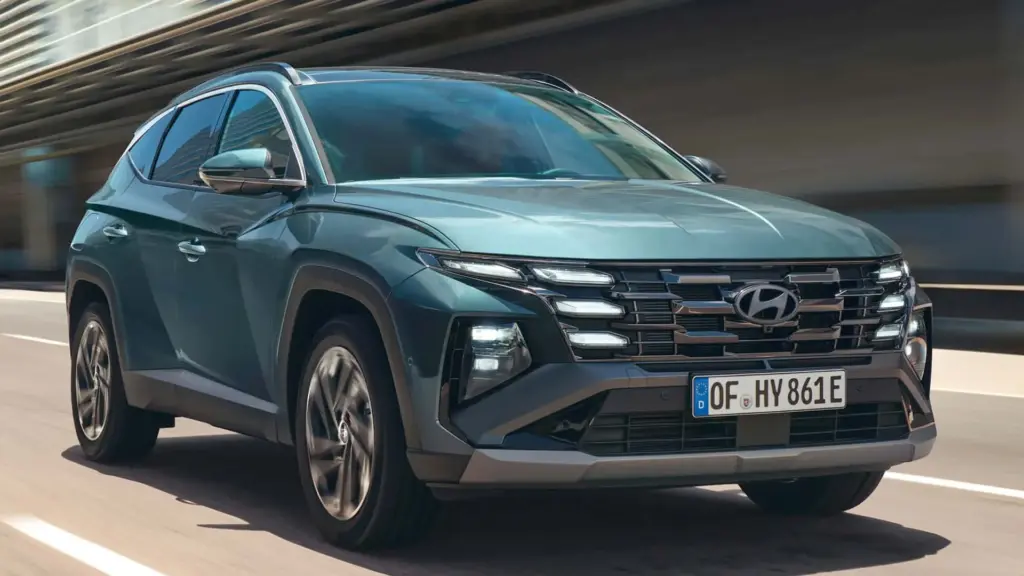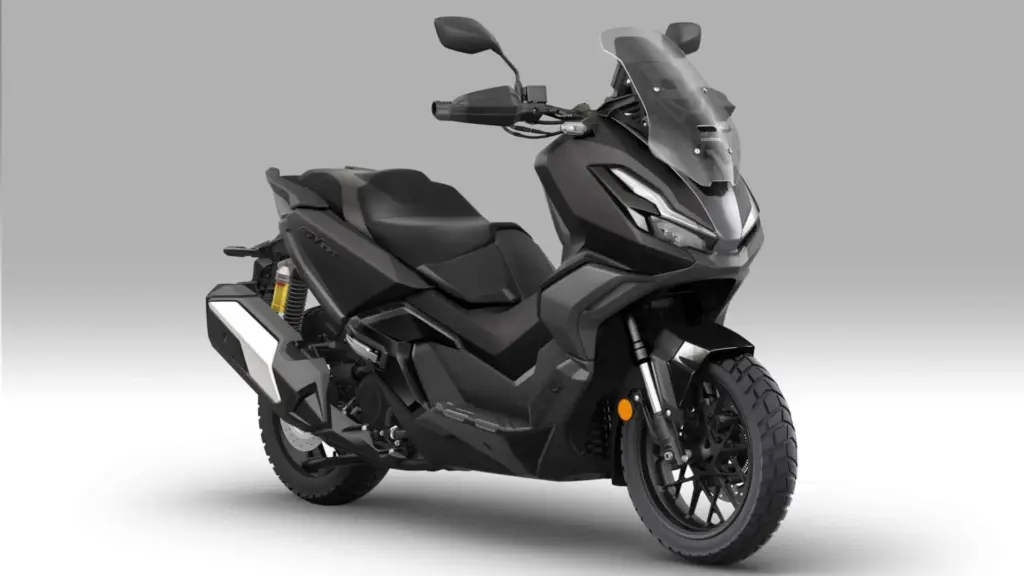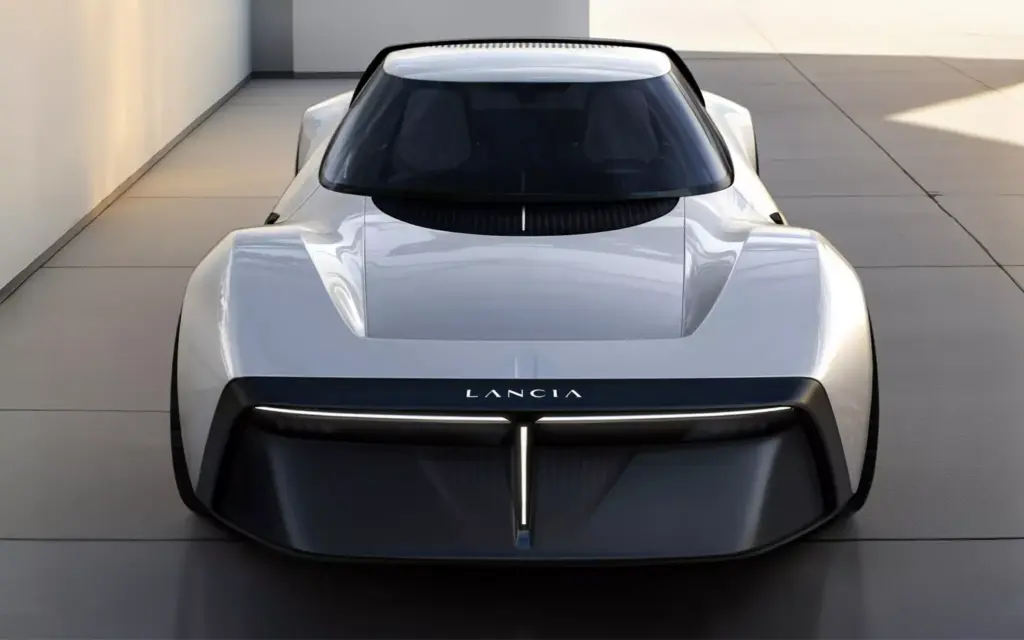The Suzuki Hayabusa needs no introduction, right? The Japanese “Peregrine Falcon” is an icon, synonymous with insane speed and a design that you either love or… well, you recognize from a distance. The 2025 lineup continues to uphold this majesty, but are the new features enough to keep it wearing the crown?
We’ve thoroughly analyzed the specifications, the changes (subtle, let’s admit), the steep prices in some markets, and we’ve placed the 2025 Hayabusa alongside its rivals. Let’s discover whether this legend still has fuel in the tank or if it’s turned into a museum piece with an engine!
2025 Hayabusa Engine: Controlled Raw Power
Let’s get straight to it: the heart of the 2025 Hayabusa remains the same monstrous inline-four engine, displacing 1,340 cc and liquid-cooled. Suzuki hasn’t changed the winning formula of the previous generation launched in 2021. Is this good or bad? That depends on your perspective.

It produces 190 horsepower at 9,700 rpm and a massive torque of 111 lb-ft at 7,000 rpm. Those numbers command respect and guarantee that neck-snapping acceleration that has you pinned to the seat (or rather, the tank). Fuel delivery is via electronic fuel injection with Ride-by-Wire, ensuring precise throttle responses.
The 6-speed manual transmission features a slipper clutch and a bidirectional quickshifter (allowing you to upshift and downshift without using the clutch), which is a godsend, especially for sporty riding. Of course, it has rear-wheel drive, transmitted via chain.
Performance: Still One of the Fastest on the Planet
Since the engine hasn’t changed, the performance hasn’t either. The 2025 Hayabusa remains a ground-to-ground missile with a 0 to 60 mph time of about 3.2 seconds—a number that leaves many supercars in the dust.
The top speed is electronically limited to 186 mph. Yes, we know it could potentially reach beyond that, but there’s a gentleman’s (and safety) agreement among manufacturers. What matters is that hitting this speed is a visceral experience, characterized by the bike’s breathtaking stability.
Now, let’s talk about the painful part: fuel consumption. Official numbers vary widely, ranging from 35 to 42 mpg in ideal conditions (according to international sources) to a more realistic (or pessimistic?) 26 mpg reported in some tests in Brazil. The truth is, with 190 horsepower under your right hand, fuel efficiency won’t be your priority. The 5.3-gallon tank offers a reasonable range of about 186 to 224 miles, if you’re gentle on the throttle.
Advanced Electronics: Intelligence Serving the Beast
Here, Suzuki has made some slight refinements for 2025. The Hayabusa was already a tech showcase with the Suzuki Intelligent Ride System (S.I.R.S.) package, and it remains intact. The highlight is the Suzuki Drive Mode Selector Alpha (SDMS-α), which offers 3 pre-set riding modes and 3 customizable options.

You can tweak everything: traction control (10 levels, switchable), anti-wheelie (10 levels, switchable), engine brake control (3 levels), launch control (3 levels, with RPM limits revised to 4,000, 6,000, and 8,000 rpm), and even throttle response. It’s an electronic amusement park!
Safety is enhanced by cornering ABS and hill hold and slope-dependent control systems. The most talked-about novelty for 2025 is the updated cruise control: it now doesn’t deactivate when you use the quickshifter to change gears. It seems small, but for those who travel long distances, it’s a welcome comfort.
Chassis and Comfort: Unmatched Stability, Weight…
The Hayabusa is renowned for its stability at high speeds, much thanks to its robust aluminum twin-beam chassis and its studied aerodynamics. The suspensions are KYB: a 43 mm inverted fork in the front and a link-type mono-shock in the rear, both fully adjustable.
The brakes are top-notch, featuring dual 12.6-inch discs and Brembo Stylema calipers in the front, and a single 10.2-inch disc in the rear, all managed by cornering ABS. The Bridgestone Battlax Hypersport S22 tires are excellent and grip the asphalt.

The caveat with the Hayabusa has always been and continues to be its weight: it tips the scales at 586 pounds ready to ride (some sources note 582 pounds, a minimal difference). At high speeds, this weight contributes to stability, but in low-speed maneuvers or urban traffic, it requires respect and strong arms. The riding position, while sporty, is considered relatively comfortable for long distances (by hypersport standards, of course), with the handlebars positioned 0.5 inches closer to the rider compared to the previous generation.
Key Chassis Points
- Chassis: Aluminum twin-beam
- Front Suspension: KYB Inverted 43mm
- Rear Suspension: KYB Link Mono-shock
- Front Brakes: Brembo Stylema 12.6-inch
- Rear Brakes: 10.2-inch disc
- Tires: Bridgestone S22
- Weight: 586 pounds (ready to ride)
Design and Colors 2025: The Icon Gets Fresh Looks
The design of the Hayabusa is unmistakable. It’s aerodynamically extreme, with flowing lines and the famous rear “hump.” The lighting is fully LED, featuring the signature stacked headlights and position lights integrated into the fairing.
For 2025, Suzuki introduces new color options, adding a fresh touch to its iconic look. The combinations include an elegant Metallic Matte Black & Glass Sparkle Black, a vibrant Pearl Vigor Blue & Pearl Brilliant White, and an eye-catching Metallic Thunder Gray & Candy Daring Red. The build quality and finish remain strong points.
The instrument panel blends classic and modern: large analog speedometer and tachometer flank a central TFT LCD display. This screen provides an array of information, including data from the S.I.R.S., lean angle, braking pressure, acceleration, and more. It’s a shame that modern connectivity features (Bluetooth, smartphone mirroring, native GPS) haven’t found their way here yet.
Hayabusa vs. Rivals: The Hypersport Showdown
The Hayabusa doesn’t reign alone in the speed kingdom. Its most direct and historic rival is the Kawasaki Ninja ZX-14R. The Kawasaki generally offers more raw power (around 208 horsepower with Ram Air), but falls short with less sophisticated electronics and a design that many consider less aerodynamic.
Another competitor, albeit with a slightly different focus (more track-oriented), is the BMW S 1000 RR. The German bike is significantly lighter (around 435 pounds), more agile in corners, and brings an even more advanced electronic package, including connectivity. However, its focus is not so much on long-distance comfort, and its price tends to be higher.
The Hayabusa positions itself as the queen of stability at high speeds and offers surprising comfort for traveling, considering its segment. Its electronic package is very comprehensive, and depending on the market, the price can be more competitive than that of the BMW. The choice between them really depends on what the rider prioritizes: pure power (ZX-14R), agility and cutting-edge technology (S 1000 RR), or a balance between sheer speed, stability, and comfort for long straights (Hayabusa).
Pros and Cons: What We Love (and What Not So Much)
No motorcycle is perfect, and the 2025 Hayabusa has its highs and lows. It’s important to weigh everything before dreaming about adding it to your garage (if it fits!).
Advantages of the 2025 Hayabusa
- Performance: Brutal acceleration
- Stability: Unbeatable at high speeds
- Comfort: Good for long trips
- Electronics: Comprehensive package (S.I.R.S.)
- Design: Iconic and aerodynamic
- Finish: Suzuki quality
- Quickshifter: Bidirectional as standard
Disadvantages of the 2025 Hayabusa
- Weight: Requires strength to maneuver
- Connectivity: Lacks Bluetooth/GPS
- Fuel Consumption: Drinks a lot if you push it
- Maintenance: Costs can be high
- Agility: Less nimble than rivals
- Price: Varies widely by country
Price and Market: What Does it Cost to Tame the Beast?
Now, here’s where things get interesting (and sometimes painful). The price of the 2025 Hayabusa varies drastically around the world, largely due to taxes and import fees. In the United States, it starts at around **$20,000**. In Japan, the price is friendlier at approximately **$14,800** (converted).
In Brazil and China, the story is different. In Brazil, the official price listed is around **R$125,000**, which translates to over **$22,500** (considering a hypothetical exchange rate). In China, the price also exceeds **$20,000**. This discrepancy highlights how local factors influence the final cost for consumers.
Considering the technological package and performance offered, the Hayabusa can be seen as delivering good value in markets like the U.S. and Japan, especially in comparison with European super-sport bikes. In Brazil, its pricing places it in a higher range, competing directly with other premium machines.
Price Chart (Converted Estimates – April 2025)
| Country | Local Currency | Approx. Value (USD) |
|---|---|---|
| United States | $19,999 USD | $19,999 |
| Japan | ¥2,227,000 JPY | $14,800 |
| Brazil | R$ 124,990 BRL | $22,500 |
| China | ¥149,800 CNY | $20,800 |
Note: Values are approximate and may vary due to taxes and exchange rates.
Frequently Asked Questions about the 2025 Hayabusa
- Has the 2025 Hayabusa changed significantly from the previous model?
No, not really. The main changes are new colors and the updated cruise control that now works during gear changes with the quickshifter. The engine and base chassis remain the same. - What is the real top speed of the 2025 Hayabusa?
It’s electronically limited to 186 mph. Without the limiter, it is speculated to exceed 193 mph, but this is not officially supported or recommended. - Is the 2025 Hayabusa good for traveling?
For a hypersport, yes. It offers more comfort than many direct competitors and its highway stability is excellent. The enhanced cruise control helps. But don’t expect the comfort of a touring bike. - Is it worth buying the 2025 Hayabusa in Brazil for the price?
That’s a personal decision. The price is high due to taxes. It delivers performance and cutting-edge technology, but there are other options on the market. It’s a more passionate purchase, tied to the status of the icon. - Is the lack of Bluetooth and GPS in the 2025 Hayabusa a problem?
For some, yes. In a connected world, the absence of these features in a top-tier motorcycle seems like an oversight. External accessories can be used, but it’s not ideal.
The Suzuki Hayabusa 2025 continues to be an impressive machine. It doesn’t bring a revolution but rather a refinement of an already celebrated formula. It’s the ideal choice for those who seek ultimate speed and stability on long straights, with a robust electronic package and a design that has left a legacy. If you can get past the hefty weight and the lack of next-generation connectivity, and if the price in your market is justifiable, the Peregrine Falcon is still one of the kings of the road.
So, are you ready to feel the legend in your hands (or at least dream about it)? Share your thoughts on the 2025 Hayabusa in the comments!

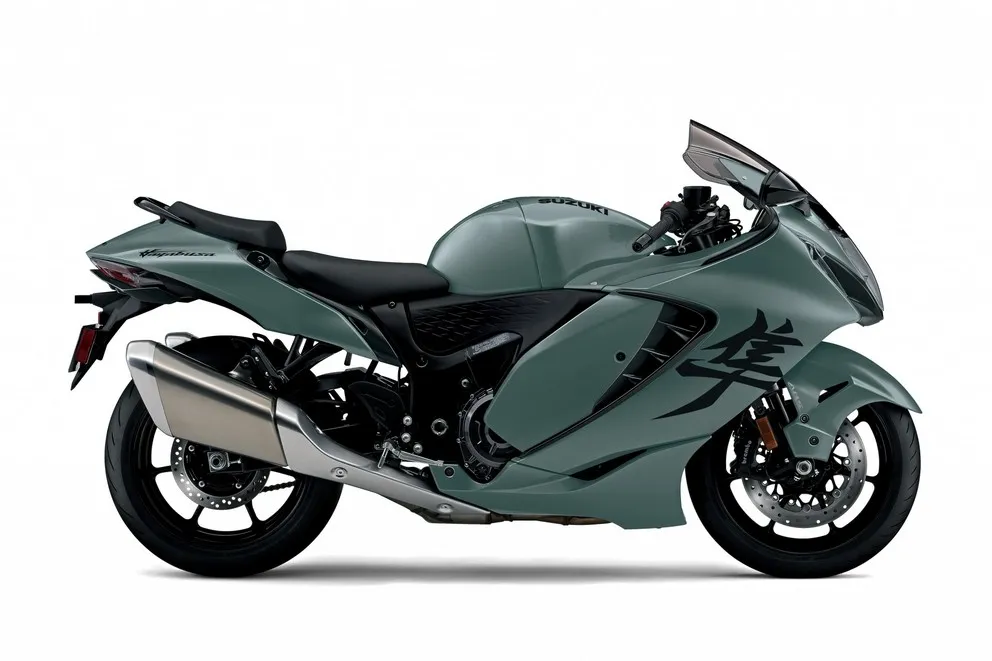
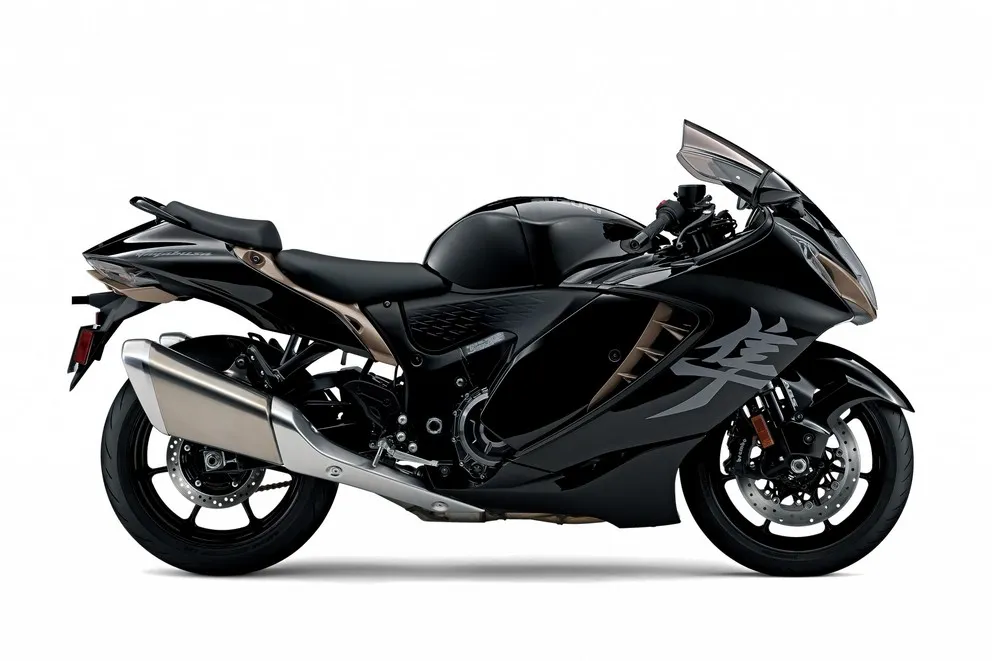









Author: Fabio Isidoro
Founder and editor-in-chief of Canal Carro, he dedicates himself to exploring the automotive universe with depth and passion. A car and technology enthusiast, he produces technical content and in-depth analyses of national and international vehicles, combining quality information with a critical eye for the public.

